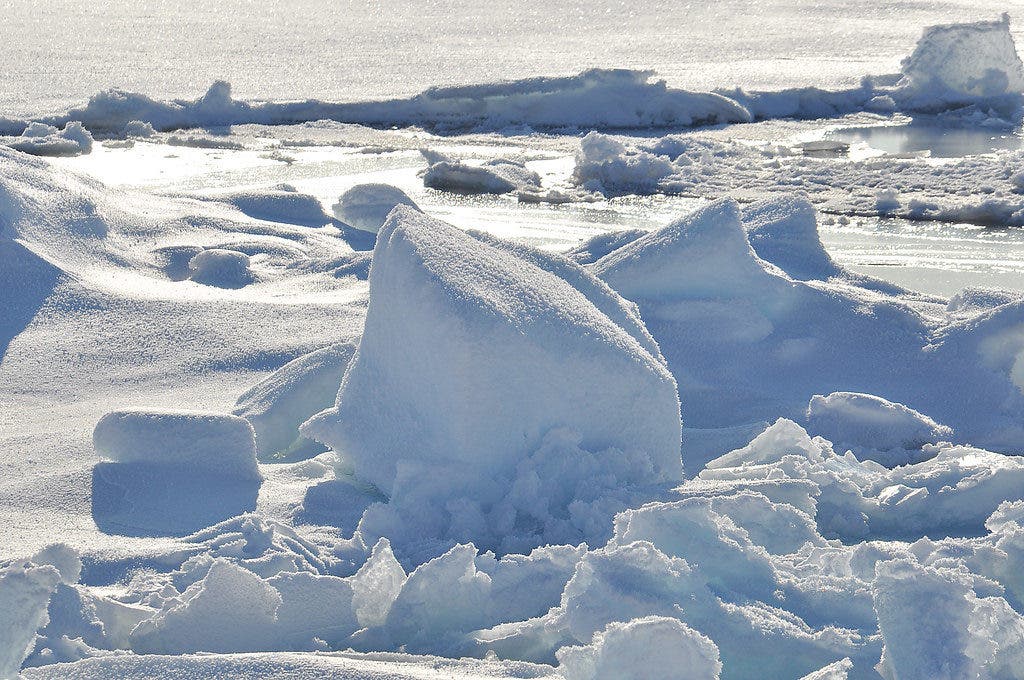The effects of climate change are becoming every day more visible in the Arctic. The Russian navy said it has discovered five new islands revealed by melting glaciers when carrying out an expedition in August and September in the area.

The head of the northern fleet, Vice-Admiral Alexander Moiseyev, said this was mainly due to the “changes to the ice situation,” speaking at a press conference. “Before these were glaciers; we thought they were (part of) the main glacier. Melting, collapse, and temperature changes led to these islands being uncovered.”
According to a recent report by the United Nations, glacier loss in the Arctic in the period from 2015 to 2019 was more than in any other five-year period on record. This agrees with other changes seen in the Arctic due to global warming such as ecosystems under threat.
Russia has opened a string of military and scientific bases in the Arctic in recent years, with interest in the region growing as rising temperatures open up shipping routes and make hitherto inaccessible mineral resources easier to exploit.
The summer expedition to two archipelagoes – Franz Josef Land and Novaya Zemlya – involved a team of 60 people, including civilians from the Russian Geographic Society, and was the first onboard a rescue towboat instead of an icebreaker.
“The two months this year when we held our expedition to Franz Josef Land can be described as warm,” said Denis Krets, commander of the northern fleet’s expedition force. “We were very lucky because we could land on islands where not every year the shore and the inshore water is free of ice.”
The islands, which will be named soon, were found in Vize Bay off Novaya Zemlya, a vast mountainous archipelago with two main islands. They had previously been seen on satellite images, but the expedition was the first to confirm them.
Russia’s Defense Ministry also said it had confirmed the existence of an island that had been previously mapped as a peninsula of Hall Island, part of the Franz Josef Land archipelago, west of Novaya Zemlya.
If global warming is stabilized at 1.5°C above pre-industrial levels, the Arctic ocean would only be ice-free in September – the month with the least ice – once in every hundred years. For global warming of 2°C, this would occur up to one year in three.
Permafrost ground that has been frozen for many years is warming and thawing and widespread permafrost thaw is projected to occur in the 21st century. Even if global warming is limited to well below 2°C, around 25% of the near-surface (3-4-meter depth) permafrost will thaw by 2100.






